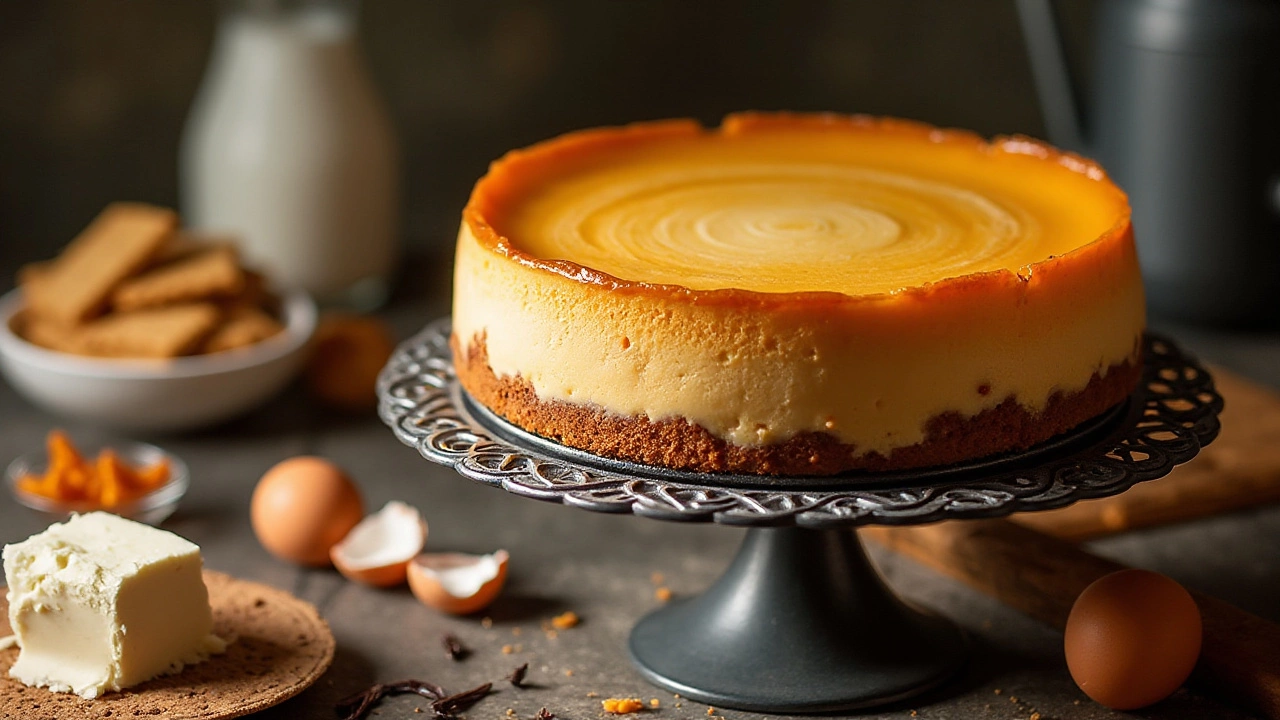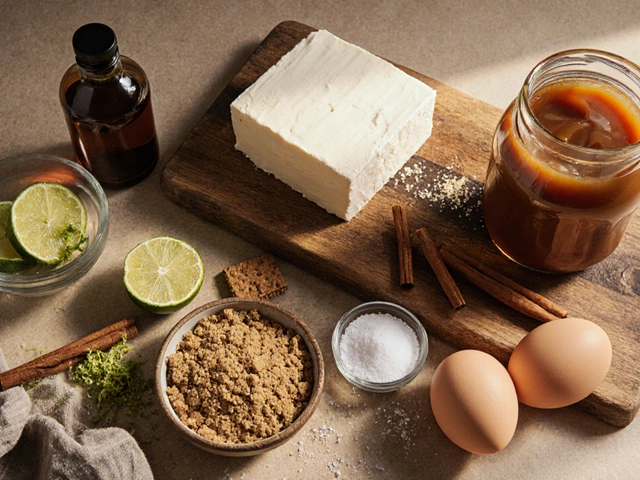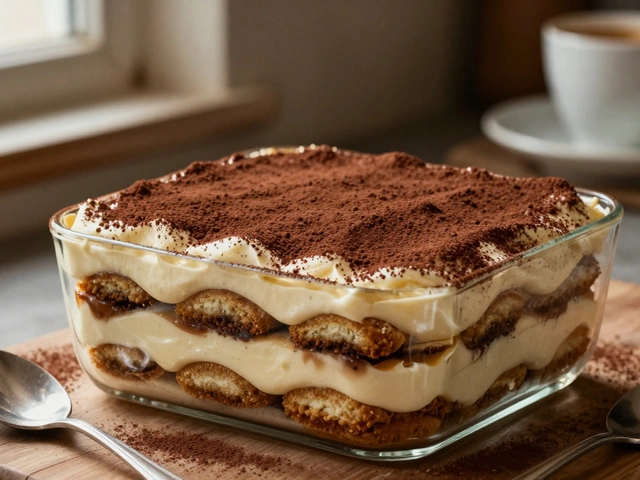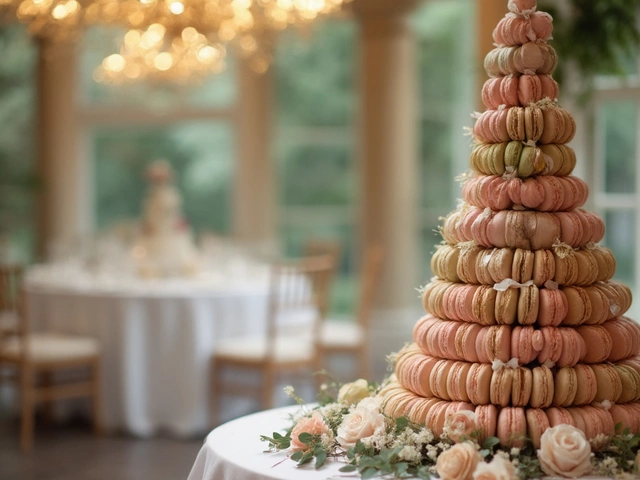Cheesecake History: From Ancient Greece to Modern Delight
Ever wonder why cheesecake feels both classic and trendy at the same time? The answer lies in a long, tasty road that starts over two thousand years ago. Below you’ll get the quick low‑down on how this creamy treat grew from simple cheese slabs to the swirl‑filled slices we love today.
Ancient Beginnings
Back in ancient Greece, people mixed goat cheese with honey and baked it on a flatbread called plakous. This early cheesecake was more like a sweet cheese cake than the dense, creamy version we see now. The Greeks served it to athletes during the first Olympic games in 776 BC as a source of energy.
When the Romans took over, they tweaked the recipe. They added crushed eggs and a bit of flour, making a firmer texture that could hold its shape when sliced. The Romans spread the dish across their empire, so versions appeared in places that are now Italy, France, and Spain.
Fast forward to the Middle Ages: monasteries in Europe started making their own versions using ricotta or curd cheese, sweetened with sugar (a new luxury at the time). These monk-made cheesecakes were simple, but they kept the core idea—cheese + sweetener + a crust—alive.
Modern Evolution
The real breakthrough came in the 18th‑century United States. New York bakers discovered cream cheese, a softer, richer cheese that turned the old recipe into the smooth, velvety slice we recognize today. By the 1900s, the “New York‑style” cheesecake—cream cheese, eggs, sugar, and a graham‑cracker crust—became a bakery staple.
Post‑World War II, refrigeration made it easier to store cream cheese, so home bakers could try the recipe themselves. The 1970s saw the rise of flavor twists: chocolate swirls, fruit toppings, and even pumpkin spice. Each new addition sparked a mini‑trend, proving the dessert could adapt to any taste.
Today, you’ll find cheesecakes in virtually every culture. Japanese “soufflé” cheesecakes are light and fluffy, while Italian ricotta cheesecakes stay closer to the ancient roots. Vegan versions use nuts or tofu to replace dairy, keeping the history alive for new diets.
The journey of cheesecake shows how a simple idea—mixing cheese with a sweetener—can travel across continents, survive wars, and still feel fresh. Next time you slice a piece, think about the ancient Greeks who first brushed cheese with honey, and the New York bakers who turned it into a modern classic. Enjoy the bite, and maybe even try a tiny twist of your own.






